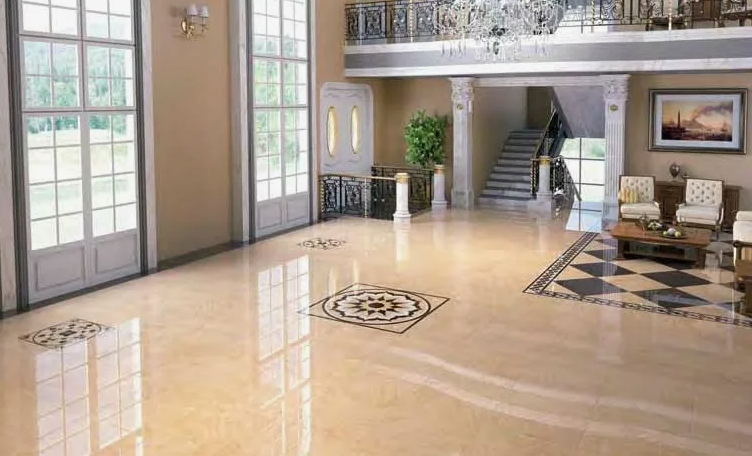
Concrete floors are gaining popularity in homes and businesses due to their durability, versatility, and aesthetic appeal. Whether you’re considering concrete for a new build or as part of a renovation, understanding its benefits, installation process, and maintenance requirements can help you make the right decision.
What Are Concrete Floors?
Concrete floors are created by pouring, setting, and finishing a mixture of cement, sand, water, and aggregates. Once cured, these floors can be left in their natural state or enhanced with various finishes to suit different styles and needs.
Benefits of Concrete Floors
1. Durability
Concrete floors are exceptionally strong and long-lasting. When properly installed and maintained, they can withstand heavy foot traffic, furniture, and equipment without cracking or deteriorating.
2. Low Maintenance
Unlike carpets or hardwood, concrete floors require minimal upkeep. Regular sweeping and occasional mopping are usually enough to keep them clean and looking new.
3. Cost-Effective
Compared to other flooring options, concrete is a cost-effective choice. While the initial installation may be an investment, the long-term savings on maintenance and replacements make it a budget-friendly option.
4. Versatility in Design
With the availability of various stains, dyes, and polishing techniques, concrete floors can mimic high-end materials like marble, tile, or wood. Companies like Alltimate Floors specialize in creating customized finishes tailored to your design preferences.
5. Eco-Friendly
Concrete floors contribute to sustainable building practices since they can be installed over existing subfloors, reducing material waste. Additionally, their thermal mass helps with energy efficiency by regulating indoor temperatures.
Types of Concrete Finishes
1. Polished Concrete
Polished concrete provides a sleek and glossy appearance, making it a popular choice for modern homes and commercial spaces.
2. Stained Concrete
Using chemical stains or dyes, concrete floors can be customized with various colors and patterns to create a unique, stylish look.
3. Stamped Concrete
Stamped concrete mimics the appearance of materials like stone, brick, or tile. It’s often used in outdoor settings, such as patios and driveways.
4. Epoxy Coatings
Epoxy coatings offer added durability and a seamless, high-gloss finish, making them ideal for garages and industrial spaces.
5. Textured or Broom-Finished Concrete
This finish provides a slip-resistant surface, making it ideal for outdoor areas and high-traffic zones.
The Installation Process
Step 1: Surface Preparation
Before installing concrete flooring, the existing subfloor needs to be clean and level. Any previous flooring material should be removed, and cracks or holes must be repaired.
Step 2: Pouring the Concrete
Concrete is mixed and poured onto the prepared surface. It is then spread evenly and leveled to ensure a smooth finish.
Step 3: Finishing Touches
Depending on the chosen finish, the surface is either polished, stained, or textured. Companies like Alltimate Floors can apply decorative coatings or sealants to enhance durability.
Step 4: Curing and Sealing
Concrete takes about 28 days to cure completely. Sealing the surface helps protect against stains, moisture, and wear.
Maintenance Tips for Concrete Floors
-
Regular Cleaning: Sweep or vacuum daily to remove dust and debris.
-
Mop with a pH-Neutral Cleaner: Avoid harsh chemicals that may damage the finish.
-
Reapply Sealant When Needed: Depending on usage, reapply sealant every 1-3 years to maintain protection.
-
Use Rugs in High-Traffic Areas: Area rugs help minimize wear in frequently used areas.
-
Avoid Heavy Impacts: While durable, dropping heavy objects can cause chipping or cracks.
Common Applications of Concrete Flooring
1. Residential Spaces
Concrete flooring is becoming a favorite choice for modern and industrial-style homes. It works well in living rooms, kitchens, basements, and even bedrooms.
2. Commercial Spaces
Retail stores, offices, and restaurants favor concrete flooring due to its durability and aesthetic appeal.
3. Industrial Settings
Factories, warehouses, and garages benefit from concrete floors’ strength and resistance to heavy machinery and spills.
4. Outdoor Areas
Concrete is an excellent choice for patios, walkways, and pool decks because of its weather resistance and customizable designs.
FAQs
1. Are concrete floors cold and hard?
Concrete can feel colder than other flooring materials, but the temperature can be regulated with area rugs or radiant heating systems. While it is a firm surface, using padded rugs or furniture with soft textures can add comfort.
2. Do concrete floors crack easily?
Minor cracking is natural as concrete cures. However, proper installation, sealing, and reinforcement can prevent significant cracks. Expansion joints are also used to control where cracks may appear.
3. Can I install concrete floors myself?
While it is possible to install concrete floors as a DIY project, professional installation by companies like Alltimate Floors ensures a smooth, high-quality finish and longevity.
Conclusion
Concrete floors offer a combination of durability, versatility, and aesthetic appeal, making them an excellent choice for various applications. Whether you’re looking for a sleek modern finish or a rustic textured look, Alltimate Floors provides high-quality solutions tailored to your needs. With proper care and maintenance, concrete floors can enhance the beauty and functionality of your space for years to come.




Leave a Reply